
Part I – The General Nature of Paints
Towards the end of 1941 the Minister of Works established a series of committees to investigate and report on the problems likely to be faced in post-war building. ‘The Painting of Buildings Committee’ was convened in January 1946 by the Paint Research Association with the object of reviewing practice in paint manufacture and painting technique. Amongst other things it was charged with examining the essential needs of buildings during the first three years of peace and the technical properties of paint products.
A booklet was produced in 1944 and this was revised in August 1946.
Part 1 deals with the three main classes of paints – Oil Paints, Cellulose Paints and Water Paints – in a very clear and succinct manner. As a potted guide to what was available at the time it is excellent. This is a continuation of an earlier post in which we looked at the first two types of paints. Water Paints will be considered in this post.
Water Paints as a class include those in which the medium is truly water or a solution or suspension of something in water, and those in which a non-aqueous material, such as drying oil, varnish, wool grease, bitumen or aromatic petroleum extract, is emulsified in water. They all dry partially or wholly by the evaporation of water, and consequently become surface-dry very quickly, unless the surrounding air is abnormally damp. They have been developed considerably during the war period, and will be used extensively, especially during the immediate post-war period, both as an alternative to wallpapers and oil paints for interior work and for the decoration of exterior concrete and stucco surfaces.
Oil-Bound Water Paints
Oil-Bound Water Paints are prepared with a medium containing both oil and water. Oil and water do not mix in the ordinary way, but if an oil is violently agitated with water containing a substance in solution such as glue, an ‘emulsion’ of oil in water is produced, similar in character to milk, which consists of minute globules of oil permanently suspended in a watery liquid.
An emulsion of linseed oil, or other drying oil, prepared on this principle by suitable means, is ground with pigments and extenders to prepare paints of this type, which are usually supplied in paste form. It is characteristic of such emulsion paints that, although they contain oil, they can be freely thinned with water for application.
After application the water evaporates, leaving a coating of paint which is not at first washable, but gradually becomes so as the oil dries by the same chemical change as in oil paints.
The principal use of these oil-bound water paints is for interior decoration; but by adjusting the composition of the medium they can be made sufficiently durable for exterior use. They cannot, however, be expected to give the same performance as an exterior oil paint.
The two best-known examples at this time were Walpamur and Duresco.
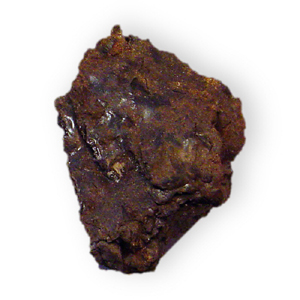
Bituminous Emulsion Paints
In this type the solid ingredients are incorporated in an emulsion of bitumen in water. These paints are mainly used on exterior work owing to their weather-proofing properties, and are especially useful on concrete and other alkaline surfaces. They are also used for some types of interior decoration, but owing to the dark colour of the bitumen they cannot be made in white, or in bright colours, although certain light shades are available.
Some more information on bituminous paints of the 1930s can be found HERE.
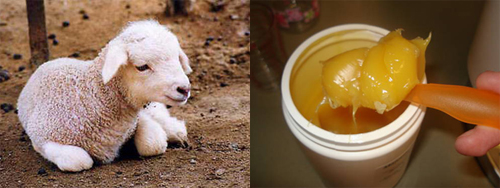
Wool-Grease Emulsion Paints
Wool-Grease Emulsion Paints are made by adding the solid ingredients to a preparation of wool grease, made into an emulsion with water. They can be produced in bright tints, and are chiefly used on exterior surfaces, as the coating formed on drying is water-repellent. Their use for interior surfaces is limited by the fact that the film always remains somewhat soft and is readily scratched.
Silicate, or Water-Glass Paints
These are made with a medium consisting of a special preparation of silicate of soda (or other alkaline silicates) which become insoluble on drying. Owing to the strongly alkaline character of this medium the range of pigments which can be incorporated in it is severely restricted. For the same reason silicate paints are liable to attack fabrics brought in contact with them whilst wet; also oil paint must not be applied over them. This type of paint is only suitable for use on brick, concrete, plaster, asbestos cement and similar surfaces; but as there will be no shortage of the materials used in its preparation it offers a promising field for development during the immediate post-war period.
This family of paint appears to be very similar to those produced by the German company Keim.

Cement Paints
Cement Paints consist of white or coloured Portland cement with the addition of materials to adjust the setting and working qualities. They are supplied in powder form and mixed with water for application. These paints are of recent introduction and are made with home-produced materials, of which ample supplies (p.10) are available. They are used on new or old cement, lime plaster, and similar surfaces, but are not suitable for wood or metal.
Washable Distempers
These are based on casein, the glue-like substance extracted from skim milk. This is insoluble in water, and it is mixed dry with slaked lime and borax, or similar materials, and ground into a fine powder with pigments and extenders. When this powder is mixed with water the lime and borax react with the casein and render it soluble so as to form the medium of the paint. After application the casein gradually reverts to the original insoluble condition, rendering the painted surface washable.
Soft Distemper or Whitewash
Soft Distemper or Whitewash is the simplest type of water paint, consisting of a solution of glue size mixed chiefly with whiting (chalk). It is only loosely bound to the surface and, whilst it stands dry rubbing, it can be readily removed by washing.
Plastic or Texture Paints
Plastic or Texture Paints have been employed largely in recent years for producing textured surfaces for interior decoration. They are usually supplied in powder form and mixed with water to a semi-paste consistency for application. A fairly thick coat is applied, and worked over with tools of various kinds to produce an endless variety of patterns in relief. The composition varies considerably, but in general these paints consist of china clay, whiting, gypsum or similar material, together with some adhesive such as gum or glue, and a substance of crystalline structure such as mica, the function of the latter being to give the necessary strength and toughness.
Several of these finishes have been looked at in a post on Camouflage Colours of the Second World War.
To be continued…
View Larger Map

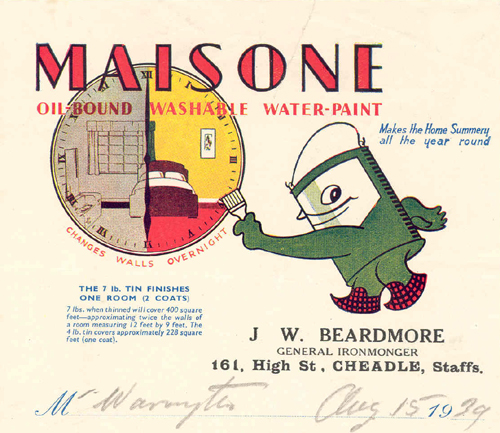
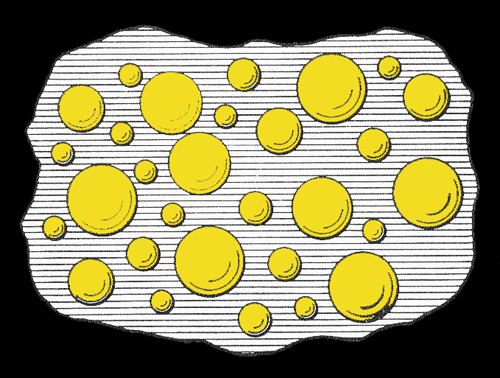
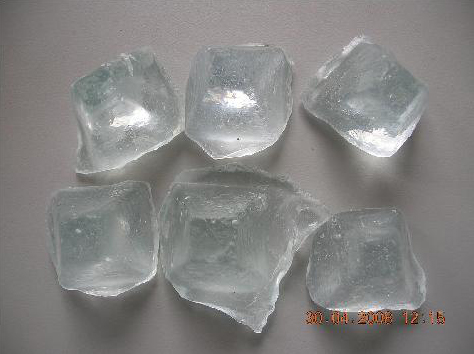
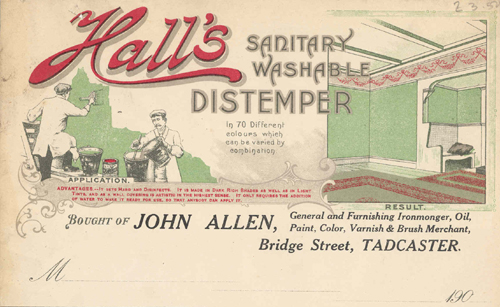
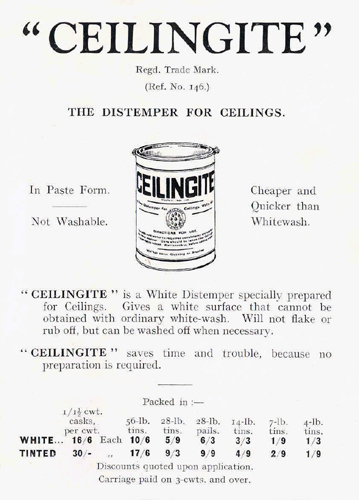
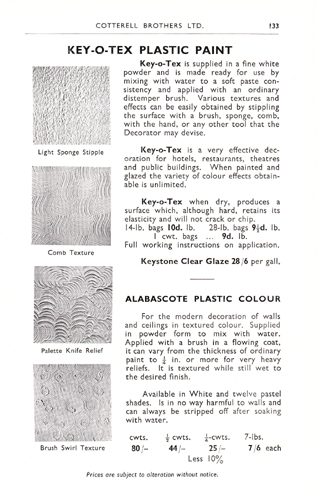










No comments yet. Be the first!